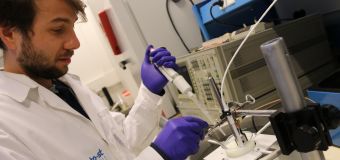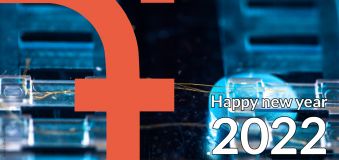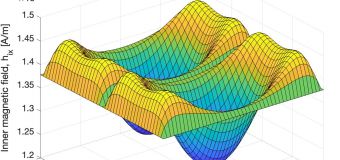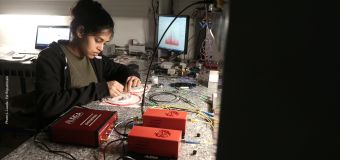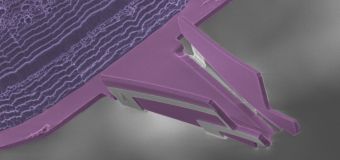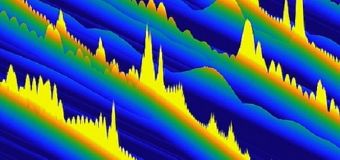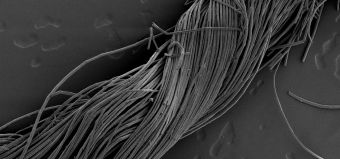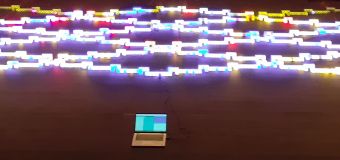You are here
FEMTO-ST celebrates its 20th anniversary
Surrounded by its co-supervisors and partners, the FEMTO-ST institute celebrated its 20th anniversary on Wednesday 26 June in Besançon.
FEMTO-ST is now one of France's largest engineering and computer science laboratories, recognised by the CNRS and based in the Bourgogne-Franche-Comté region.
In 2024, FEMTO-ST celebrates 20 years of scientific, technological and human challenges
20 years that have given rise to numerous innovations that have fed into the socio-economic fabric through the creation of numerous start-ups and support for companies' scientific and technological projects.
20 years of history retraced through 20 major scientific results presented by personalities who have made a major contribution to the laboratory's scientific reputation.
The event was also an opportunity to paint a portrait of FEMTO-ST in its regional, national and international environment, through the contributions of its institutional, industrial and societal partners.
Finally, this celebration was an opportunity to recall the major orientations and perspectives for FEMTO-ST in the fields of sciences and technologies for health, ecological transition, artificial intelligence and quantum technologies and of course micro and nanotechnologies.
More informations : communication-service
Pictures : Ludovic Godard




